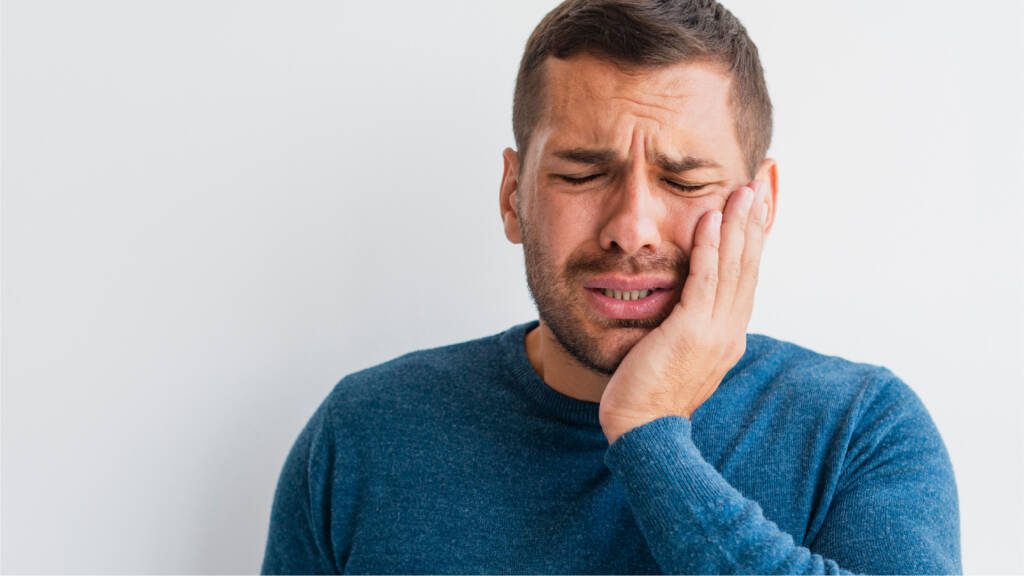When our maxillary teeth touch with the mandibular teeth it is called dental occlusion. This dental relationship is well established. Many times some mouths do not have the correct “gearing” of the upper teeth with the lower ones.
The correct occlusion above all allows a better masticatory function and decreases the probability of temporomandibular problems. To correct dental malocclusion, orthodontics is usually required, which will move the teeth and promote correct skeletal growth to the most ideal position possible.
Temporomandibular disorders are muscle, joint and/or dental problems that are due to multiple factors (occlusion, musculoskeletal, psychosocial, hyperactivity, hormonal).




Bruxism (squeezing and grinding the teeth) is diagnosed and monitored by this area of Dental Medicine, because when it is intense and uncontrolled it can have serious consequences for the chewing muscles, teeth and temporomandibular joints. The majority of the population has a certain level of bruxism activity, especially at night. When all the teeth are present, balanced, well distributed and this clenching/grinding activity is neither frequent neither intense, there is no severe damage to the stomatognathic system.
Frequently Asked Questions
It is stabilization plate, as well as myorelaxation splint or bruxism splint or centric relation splint are synonyms for an intraoral device that is made specifically for each individual to use during sleep in order to stabilize the arches, improve dental gearing and decrease muscle activity chewing during this period. Thus, avoiding tooth wear and muscle contractures.
It’s not normal, but it’s common. A healthy joint makes no noise. However, many joints have this “click” or “pop” sound along with a bump in the zone. As a rule, it is a change in the articular disk during the movement of the mandible in relation to the condyle. If you have further questions, you can discuss this with the Dentist in consultation.
After several years and hundreds of studies, the ideal position of the teeth between them was relatively well defined. The incorrect relationship of the teeth can promote imbalances in the gearing of the maxillary teeth with the mandibular teeth, which consequently can generate muscle and/or joint problems. There are situations in which the use of dental appliances is recommended to improve this relationship and increase dental stability.
Go to a quiet place, with few people, do not panic and in a conscious way instead of trying to close, you should do the opposite and try to open while at the same time repositioning the jaw backwards (the movement is made downwards and back). If after a few attempts you are unsuccessful, you should seek professional medical help.
Some people have high ligament laxity, which together with joint anatomy can cause temporomandibular joint dislocation. This dislocation advances the mandibular condyle in such a way that blocks its repositioning. Ask your dentist for the best technique to reproduce.
Yes, it can. In some cases of intense teeth grinding episodes can give headaches. Also cavities in the back teeth or infections lodged in the roots of the posterior teeth can trigger headaches.

